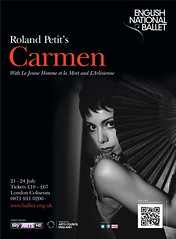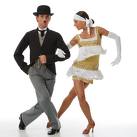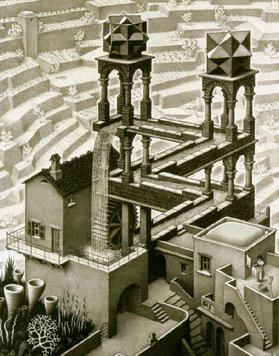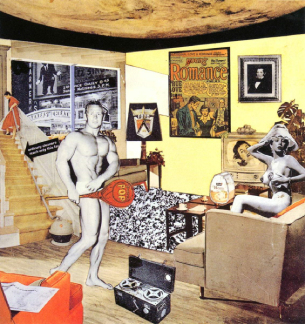 BY PERIODS
BY PERIODS * Middle Ages to Renaissance (5th-17th centuries)
* Baroque Era (1600-1750)
* Classical Period (circa 1750-1830)
* Romantic Era (circa 1815-1910)
* Nationalist Movement (mid-19th century)
* The Later Romantics (second half of 19th century)
* The Early 20th Century
* Since World War II
BY COMPOSERS
- in alphabetical sequence, other than Mozart:
* A to M O to P R to W Mozart
OTHERS - by genres:
* Ballet
* Military
* Movies
* Chinese
* Jazz
* beginning
Some lectures:
* Listening to Music - an Open Yale Course
* How to Listen to Classical Music: Symphony 101























